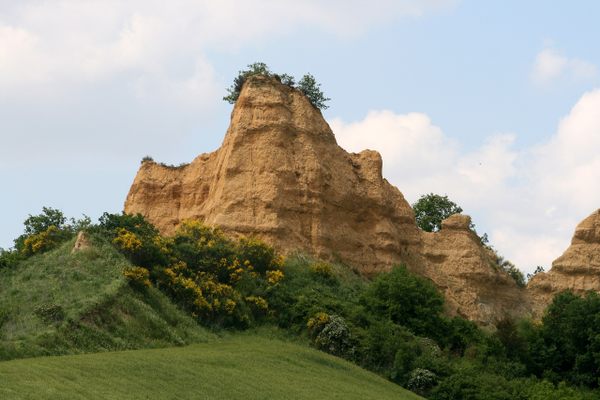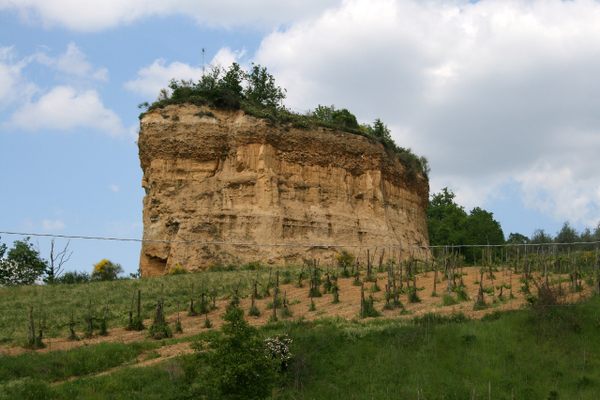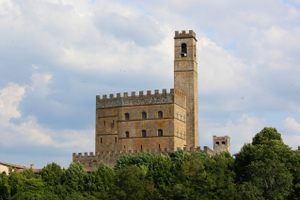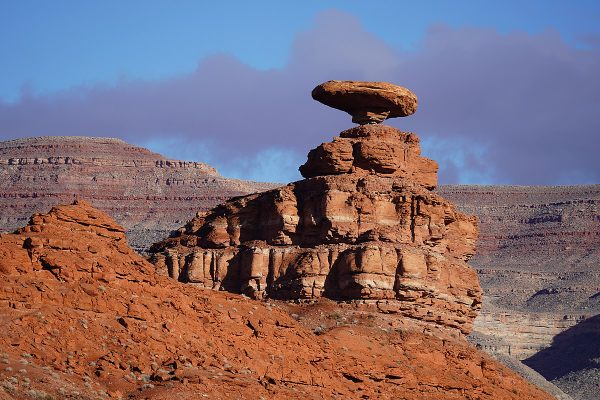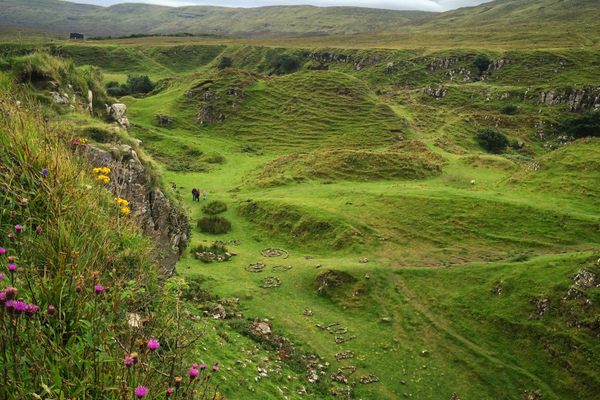About
In the province of Arezzo rise the Balze del Valdarno, mountains that were formed after the drying up of a lake during the Pliocene era and, subsequently, thanks to the action of exogenous forces such as water and wind.
One striking feature of the Balze is its three distinct layers. The top of these mountains is brown because many pebbles and fine sand protect them from erosion caused by rainwater. The middle section is yellow because of clay and silt deposits, which are easy to erode by atmospheric agents. At the base of the mountains, there is a layer of material called scree, which is made of rock fragments and other debris that broke off from the upper layers and accumulated at the base.
Many have admired the beauty of this rocky landscape, including Leonardo Da Vinci. His written description of the Balze del Valdarno appears in the Leicester Codex, a 16th-century manuscript. The painter depicted the Balze in several of his paintings, and some believe that its characteristic rocky outcrops can be seen in the background of the Mona Lisa.
Today the Balze sits at the heart of a nearly 3,000-acre protected natural park, which was established in 1998 and extends through the municipalities of Castelfranco di Sopra, Loro Ciuffenna, Pian di Scò, and Terranuova Bracciolini.
Starting outside the walls of Castelfranco di Sopra, it is possible to admire the Balze along a hiking route of about six kilometers, which includes the Path of the Fossates and that of the Acqua Zolfina, so-called because of an ancient source of sulfurous water.
Related Tags
Flavors of Italy: Roman Carbonara, Florentine Steak & Venetian Cocktails
Savor local cuisine across Rome, Florence & Venice.
Book NowPublished
December 15, 2022

